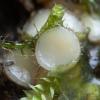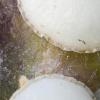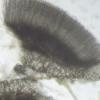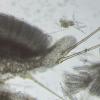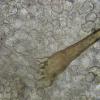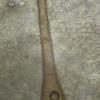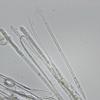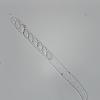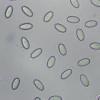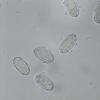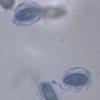
30-11-2025 12:53
 Edvin Johannesen
Edvin Johannesen
White short-stipitate apothecia found on thin twig

30-11-2025 10:47
 William Slosse
William Slosse
I recently found a collection of small Peziza sp.

27-11-2025 12:01
Thomas Læssøehttps://svampe.databasen.org/observations/10496727

27-11-2025 11:46
Thomas Læssøehttps://svampe.databasen.org/observations/10493918

17-09-2025 10:50
Heather MerryleesHi there!I am hoping for any advice on the identif

29-11-2025 08:40
 Andreas Millinger
Andreas Millinger
Hello,on a splintered part of a branch on the grou

28-11-2025 16:45
Nogueira HéctorNovember 23, 2025 Requejo de Sanabria (León) SPAI

25-11-2025 14:24
Thomas Læssøehttps://svampe.databasen.org/observations/10490522

27-11-2025 15:41
Thomas LæssøeSpores brownish, typically 4-celled; 26.8 x 2.4;

27-11-2025 11:31
Thomas LæssøeCollectors notes: Immersed ascomata, erumpent thro
Cheilymenia - non-coprophilous and white
Nihad Omerovic,
02-10-2023 21:01
30. 09. 2023., Mediterranean region, nex to a spring, on a loose tufa deposit (sinter), among mosses and also on liverworts.
Numerous apothecia, up to 4 mm diametar, white, with conspicuous margine, hairs sparse
Nihad Omerovic,
02-10-2023 21:10
Nihad Omerovic,
02-10-2023 21:13
Nihad Omerovic,
02-10-2023 21:17
Nihad Omerovic,
02-10-2023 21:34
Re : Cheilymenia - non-coprophilous and white
Spores
Me = 16.6 × 9.3 µm ; Qe = 1.8
very conspicuous perispore with striation visible even without staining, and with polar pustules.
Microscopically it is very similar to C. polaripustulata; slightly larger spores than Moravec (1998) reports, also the pustules I wouldn't say "large" and habitat is not coprophilous.
Me = 16.6 × 9.3 µm ; Qe = 1.8
very conspicuous perispore with striation visible even without staining, and with polar pustules.
Microscopically it is very similar to C. polaripustulata; slightly larger spores than Moravec (1998) reports, also the pustules I wouldn't say "large" and habitat is not coprophilous.
Nihad Omerovic,
12-01-2024 14:42
Re : Cheilymenia - non-coprophilous and white
Refreshing, in case it was missed
